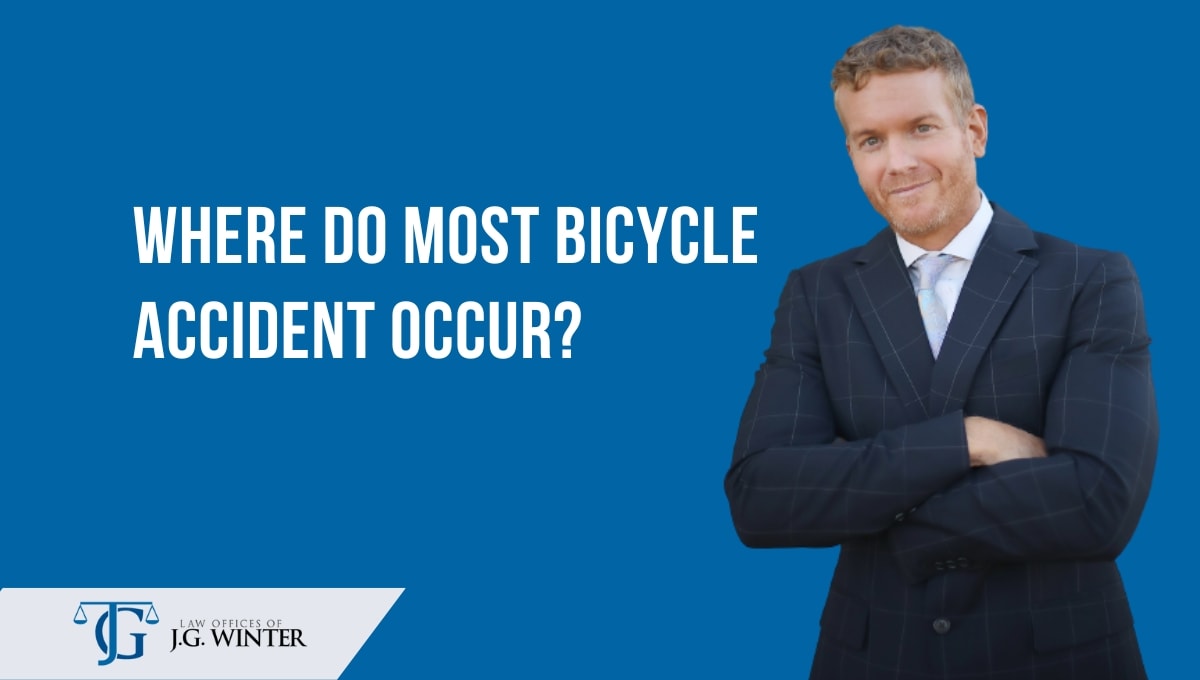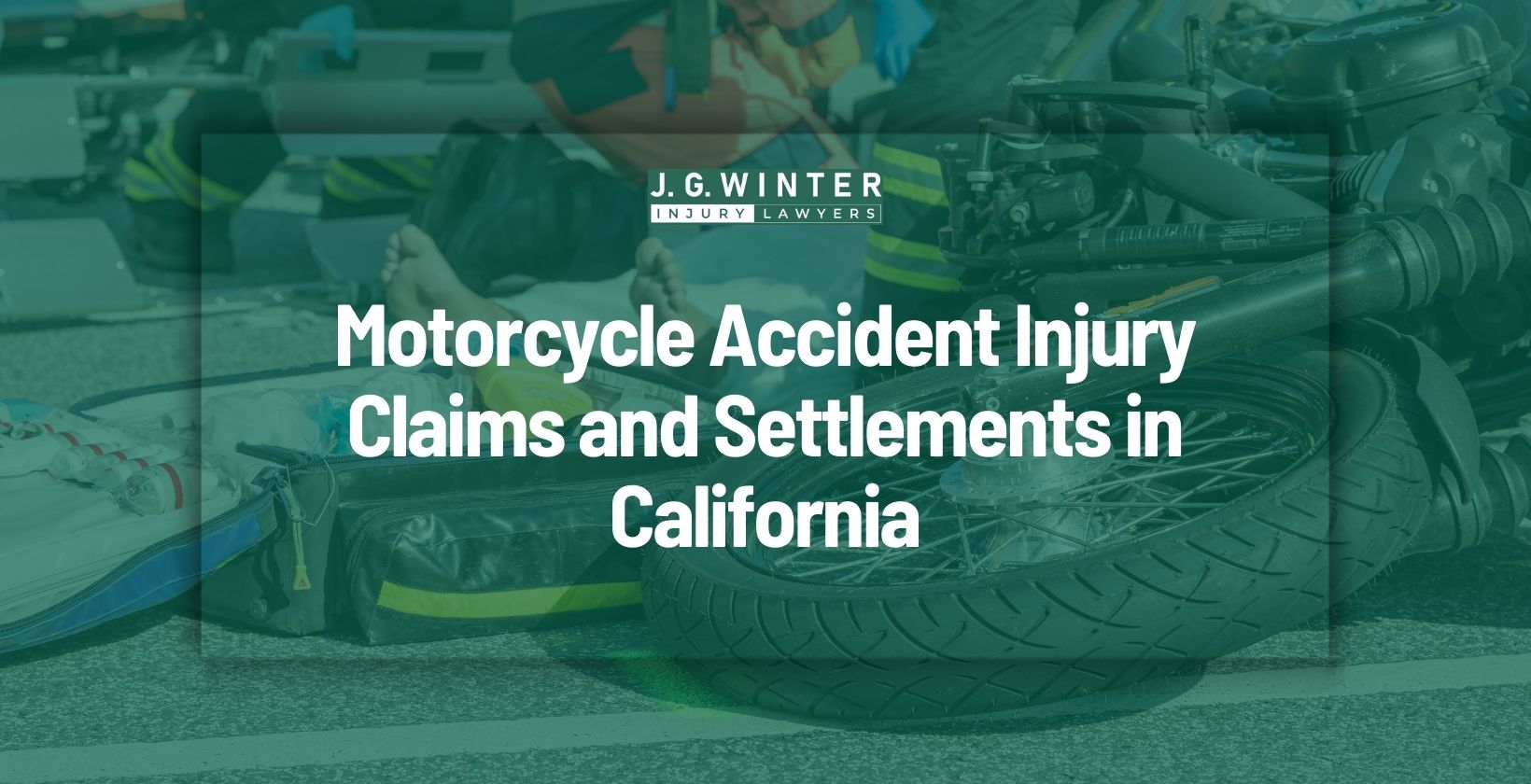In many states, bicycles and other vehicles share the same roads, increasing the chances of collisions. Although there are bicycle safety laws and its compliance, accidents may still happen. In this situation, it is wise that the cyclists take proactive measures to ensure their own safety. So, understanding where do most bicycle accidents occur is a critical step in preventing accidents.
Urban areas
Centers for Disease Control and Prevention (CDC) mentions that the majority of bicycle fatalities occur in urban areas. The big cities often have various risk elements that can pose challenges in riding a bicycle. For instance, urban areas have high vehicle density, contributing to traffic congestion, road rage, and other driver errors, increasing the chances of collisions.
Intersections
Intersections are where the different roads meet. Often, they are also the prime location for bicycle accidents. The mix of vehicle traffic, pedestrians, and cyclists makes them potential conflict zones. Bicycle accidents at intersections commonly occur due to improper turns from vehicle drivers or bicycle riders.
Driveways and parking lots
With limited maneuvering space, confined or narrowed driveways and parking lots increase the risk of accidents involving cyclists and drivers. Drivers also tend to focus more on large vehicles and pedestrians than cyclists. For example, a “dooring accident” may occur when drivers open their doors without checking for bicyclists, causing cyclists to flip over. Thus, drivers and cyclists must look around them before moving their vehicle.
Sidewalks
Riding bicycles on sidewalks poses risks to riders and pedestrians. Sidewalks are not wide enough to accommodate both as they are designated lanes for pedestrians only. A person walking may not anticipate fast-moving cyclists, leading to potential collisions.
While riding on sidewalks may eliminate the danger of overtaking motorists, it increases the chances of potential collisions at intersections. Drivers usually find it challenging to anticipate the speed of cyclists on sidewalks, leading to a greater risk of accidents.
Roads with limited infrastructure
Bike accidents may occur on the road with limited or improper infrastructure. The chances of colliding with an oncoming bicycle are high if the bike lanes are narrow. Thus, the local government and department of transportation should focus on improving the infrastructure by widening bike lanes, maintaining buffer zones, or installing cycle lane barriers.
Construction zones
Construction zones pose hazards to cyclists, such as rough or broken pavement and narrow spaces for traffic. It is crucial for bicyclists to recognize the dangers in construction zones and ride safely. If you, as a cyclist, experience any hazardous situation, you must report it to the authorities. Accidents in construction zones require careful consideration of legal liability, holding those at fault responsible for failing to maintain traffic safety.
High traffic roads
Big cities usually see increasing bicycle accident rates due to the high traffic and population on the road. The proximity between a bicycle and a vehicle while moving or on a halt can increase the chance of an accident.
Also, riding a bike at the same speed as a motor vehicle is impossible, it can create a dangerous situation for the cyclist. The chances of collision increase when drivers ignore the cyclists sharing the same road. High-traffic roads with multiple lanes can be chaotic for cyclists, when the road lacks bike lanes, compelling cyclists and other motorists to share the same road.
Roundabouts
Roundabouts are another risky area for cyclists. There is a high chance of them experiencing serious injuries, especially when they lack proper safety measures while navigating a roundabout. Bicycle accidents in roundabouts typically occur due to quick maneuvers, incorrect lane usage or road users carelessly navigating a roundabout.
When do most cycling accidents occur?
The National Highway Traffic Safety Administration reports that bicycle accidents happen during peak hours between 6 AM to 9 PM. Accidents are more common between 9 PM to 12 AM. during weekends. However, the timing can vary depending on location, weather conditions, and cycling patterns.
How to avoid Bicycle Accidents?
The NHTSA Facts about Bicycle Safety reports 966 deaths from bicycle accidents in 2021. Bicycle accidents contribute to 2.4 percent of all traffic fatalities in the United States. Unlike motor vehicles, bicycles lack the protective shield of plastic and steel. In the absence of an enclosed structure, cyclists are more vulnerable in the event of a collision with bigger vehicles.
To prevent collisions, cyclists must be proactive in taking essential precautions. Here are a set of precautions for the safety of cyclists.
- You must familiarize yourself with bicycle safety information, such as using lights and reflectors, following traffic rules, signaling turns and stops, and wearing visible clothing. Ride responsibly to ensure your safety and also the well-being of other road users.
- Before riding your bike, ensure that it is in good condition. You must wear safety gear, including a helmet and reflective clothing. Additionally, plan your route wisely to avoid traffic congestion and other difficulties.
- Following the traffic rules and defensive driving skills can help avoid a crash. You should stay focused, avoiding any sort of distractions while driving.
- Practice and experience are key to safe riding. So, you need to develop riding skills. Besides this, you can ride in a safe environment, away from traffic. Moreover, consider opting for on-bike classes to gain confidence while interacting with other road users.
What are the common injuries in bike accidents?
Bicycle accidents can result in minor cuts and bruises to catastrophic injuries. If you have a minor accident, you can get back on the road again. However, some bicycle accidents may result in severe injuries, leaving you in pain and suffering for a lifetime. Such a traumatic experience can affect your well-being in many ways, including financial distress from high medical bills.
Some of the common injuries in bike accidents are:
- Head injuries
- Spinal cord injuries
- Bone Injuries
- Facial injuries
Who is Liable in a bicycle accident?
If you are a bike accident victim, it is crucial to know that liability depends on the circumstances of an accident, which may include:
- If a car hits your bike, the driver will likely be at fault, especially when they are negligent.
- If you fall from a bike due to road obstacles caused by someone else, you may have grounds for a lawsuit against the responsible entity.
Other liable parties include motorists, pedestrians, cyclists, and government agencies.
Proving negligence or determining liability requires strong evidence, such as medical records, surveillance footage, and witness statements. It can be challenging to gather such evidence yourself, so consulting with an expert legal professional is advisable. Once you establish negligence, you are entitled to recoverable damages, including medical expenses, lost income, pain and suffering, and more.
How can we help you with your bicycle accident case?

When you get into an accident as a cyclist, you may suffer severe injuries and turmoil. Similarly, fighting for your rights with little knowledge can take time and effort. So, we advise you to consult a Sacramento bicycle accident lawyer. At the Law Offices of J.G. Winter, we specialize in personal injury cases, including bicycle accidents. Our team understands the complexities of your case and the pain and suffering you are going through. We are ready to fight for justice to help you rebuild your life. Our legal team is known for relentlessly pursuing the highest possible compensation for our clients.
Additionally, don’t allow your financial situation to impede you from fighting against injustice. We work on a “contingency basis.” You don’t have to pay us unless we win your case. We can be your advocates and a team that cares about your well-being. Contact us now.


